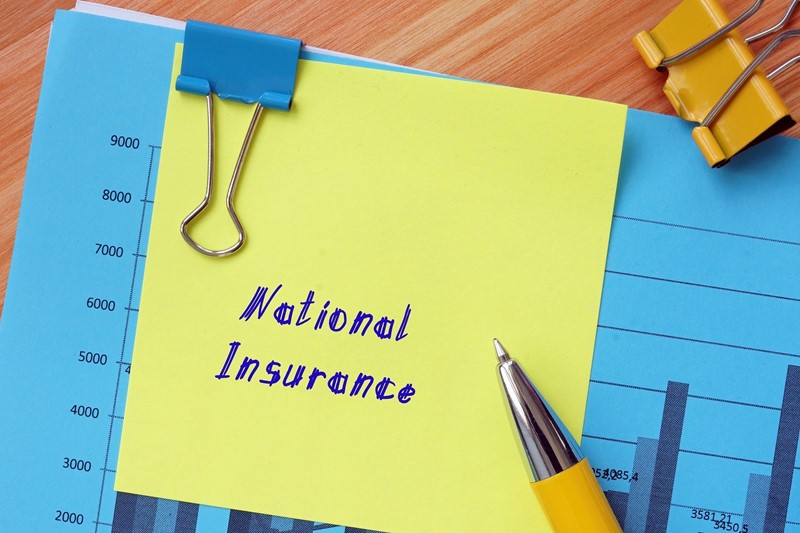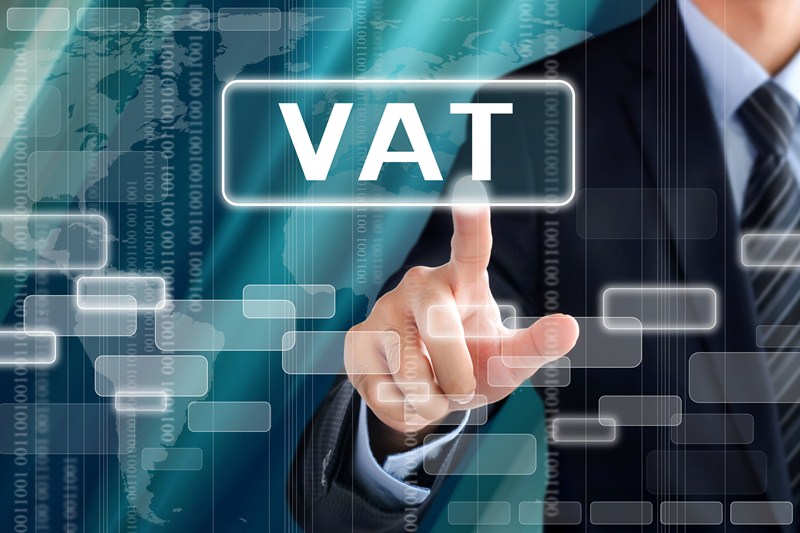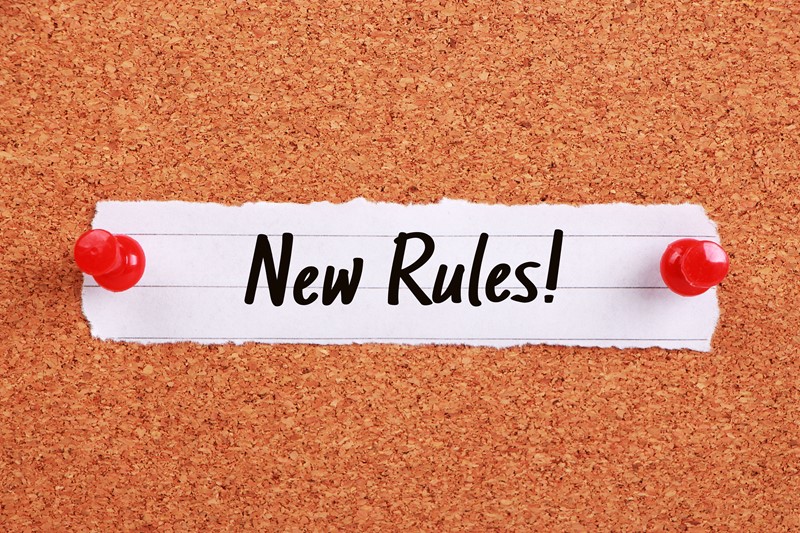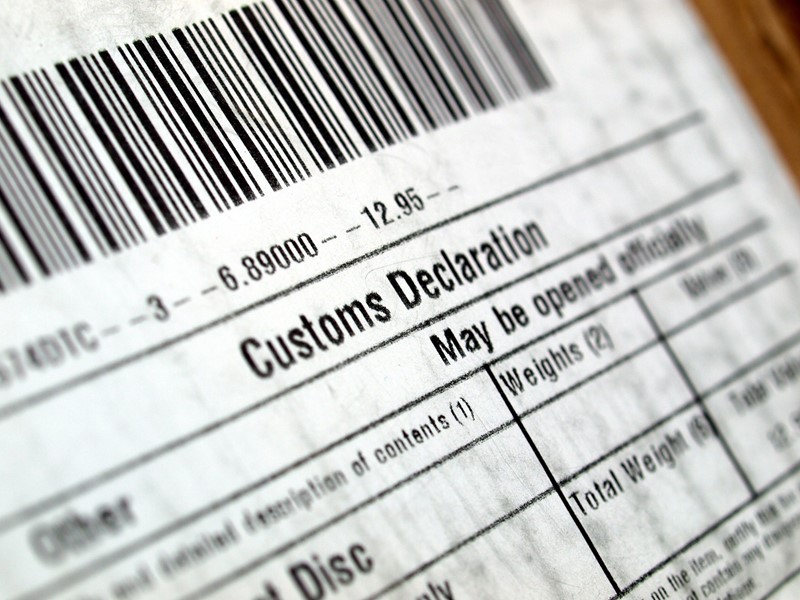A recent post by Companies House confirmed that they are now using new powers to challenge the registration of certain company names.
Extracts from their recent blog post is reproduced below:
“New powers to challenge company names
These new measures build on existing controls on company names. Names cannot be the same as or too similar to an existing name, and certain terms are restricted, such as terms implying a connection to the UK government or using a sensitive word or expression.
Under the Economic Crime and Corporate Transparency Act, we can now also reject an application to register a name where we have reason to believe:
- the name is intended to facilitate fraud
- the name is comprised of or contains a computer code
- the name is likely to give the false impression the company is connected to a foreign government or an international organisation whose members include two or more countries or territories (or their governments)
We can also direct companies to change their name in more circumstances, for example, where the name has been used, or is intended to be used, by the company to facilitate fraudulent activity.
If a company fails to change its name within 28 days, we can now determine a new name for the company, for example, changing the company name to its registered company number.
We also have the power to suppress a name from the register while a company responds to a direction to change its name.
Failure to comply is an offence
If a company does not respond to a direction to change their company name within 28 days, an offence is committed.
It’s also an offence to continue using a company name which we have directed to change.
Company Names Tribunal
The Company Names Tribunal continues to be responsible for considering objections to the use of a name which is:
- the same as an existing name in which another person has goodwill
- sufficiently similar to that name that it is likely to mislead
We're confident that, over time, these new powers will make a difference to the accuracy and integrity of the information on the register and will help to make sure the UK remains a great place to do business.”
Source:Other | 12-05-2024









